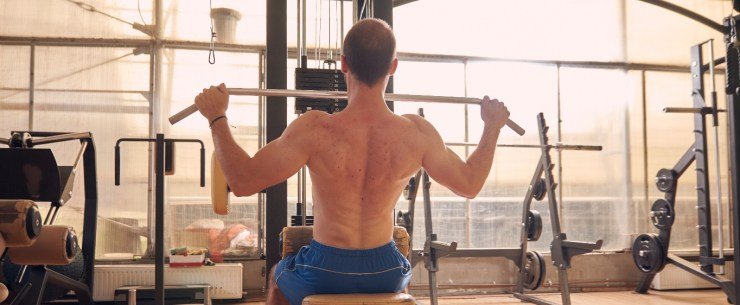In this article, we will explore various types of gym machines, with a particular focus on the lateral machine. Our aim is to provide a comprehensive comparison of these machines, examining their features, benefits, and costs. By analyzing each machine in detail, we hope to assist readers in making an informed decision when choosing the most suitable equipment for their fitness needs. Additionally, we will provide a summary of the key points for each machine, allowing readers to easily determine which option aligns with their goals. So, let us delve into the world of gym machines and uncover the unique qualities of the lateral machine.
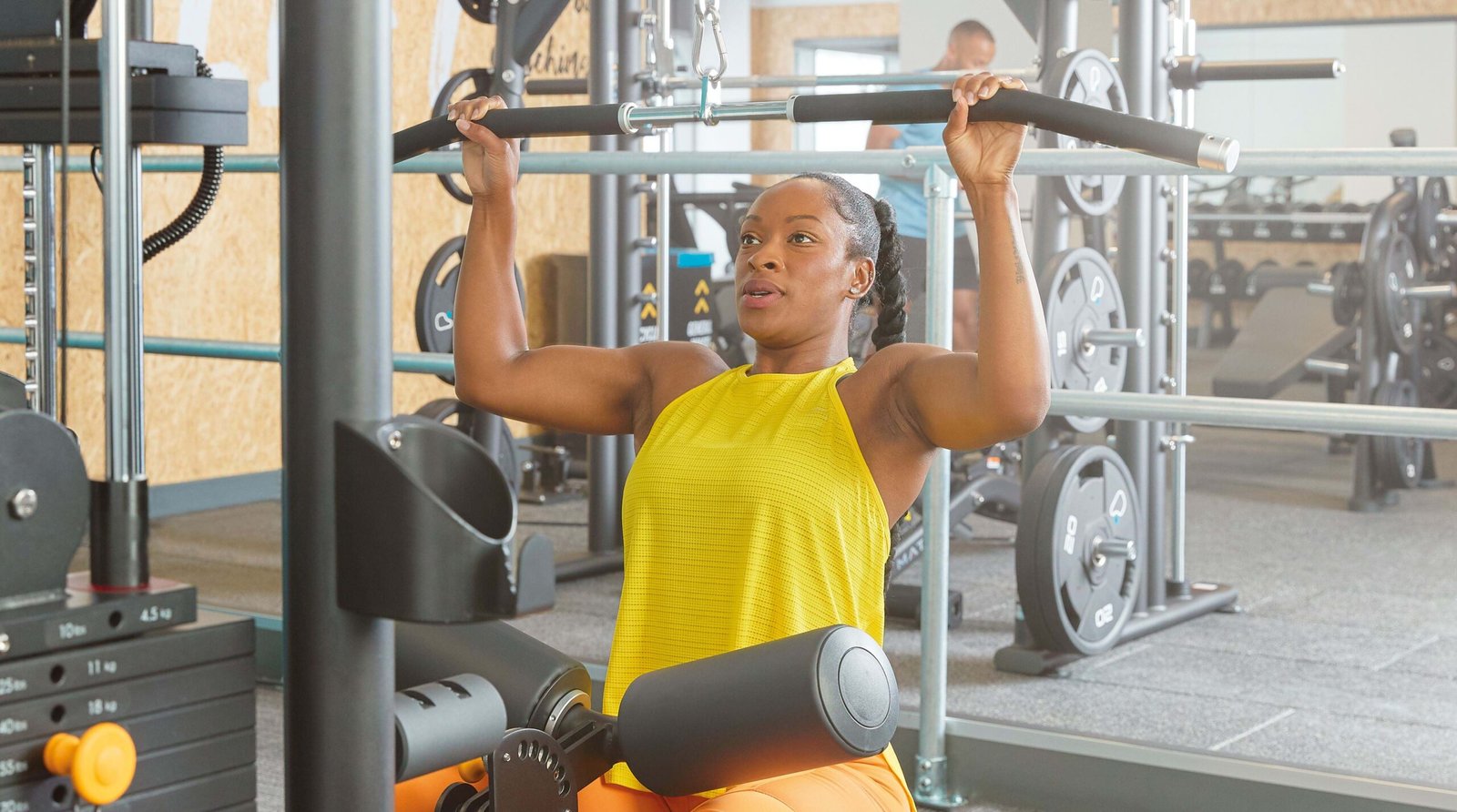
Types of Gym Machines
In the world of fitness, there are a variety of gym machines designed to cater to different workout routines and goals. These machines can be categorized into three main types: cardio machines, strength training machines, and functional training machines. Each type offers unique benefits and features that target specific areas of the body and help users achieve their fitness objectives. In this comprehensive article, we will explore each type in detail, discussing their design and functionality, benefits, costs, and providing a summary of each category.
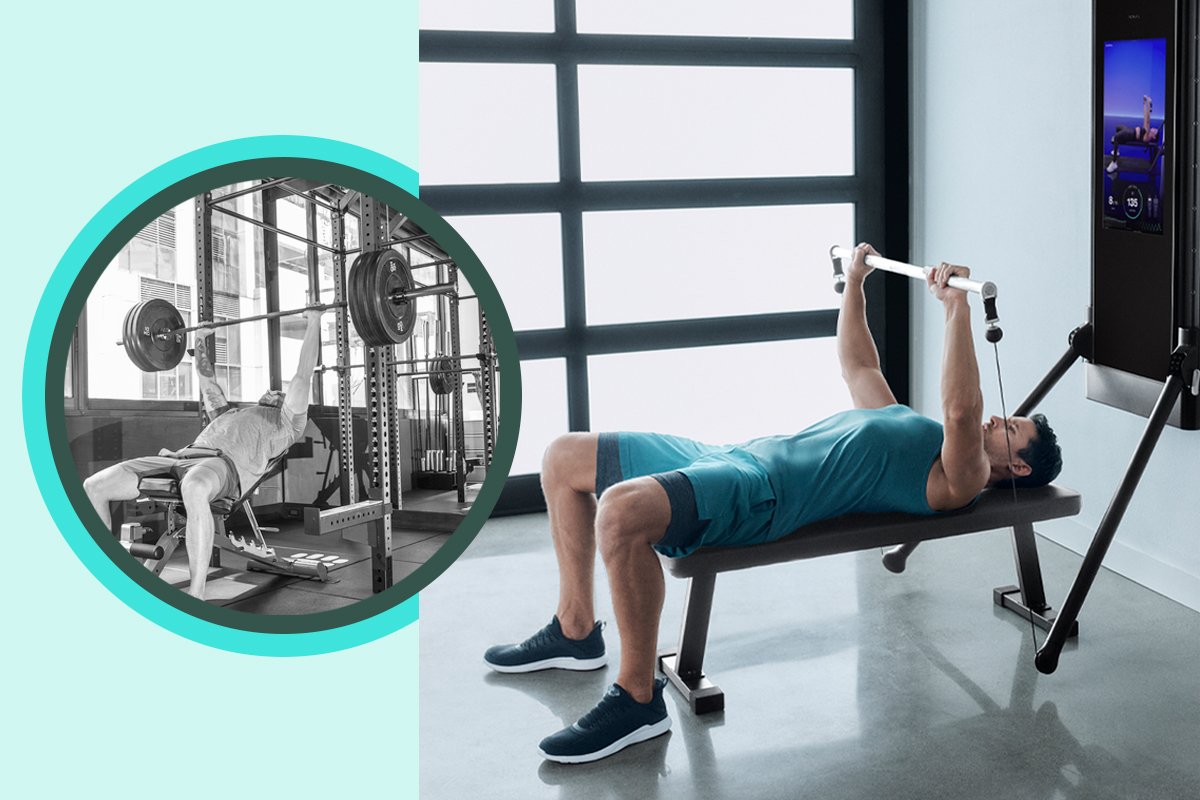
Cardio Machines
Cardiovascular exercise is essential for maintaining a healthy heart and improving overall fitness levels. Cardio machines are specifically designed to elevate the heart rate and provide effective cardiovascular workouts. They are commonly found in gyms and fitness centers, offering users a convenient way to engage in cardio exercises without leaving the premises. Some popular examples of cardio machines include treadmills, stationary bikes, elliptical cross-trainers, and rowing machines.
Treadmills
treadmills are perhaps one of the most well-known and widely used cardio machines. They consist of a moving belt that allows users to run or walk in place while providing various speed and incline options. Treadmills offer a realistic running or walking experience, regardless of the weather conditions outside. In terms of functionality, they typically include features such as speed and incline controls, preset workout programs, heart rate monitors, and built-in entertainment options.
The benefits of using a treadmill are numerous. Firstly, running on a treadmill provides a lower impact alternative to outdoor running, reducing the stress on joints. This makes treadmills an excellent choice for individuals with joint issues or those recovering from injuries. Additionally, treadmills allow users to easily track their progress through distance, time, and calories burned. They also provide a controlled environment, eliminating factors such as uneven terrain or traffic that can hinder outdoor running.
When it comes to costs, treadmills can vary significantly depending on the brand, features, and quality. Entry-level treadmills usually start around $500, while high-end models with advanced features can reach prices well over $3000. It is important to consider personal preferences, budget, and long-term fitness goals when choosing a treadmill.
In summary, treadmills offer a convenient and customizable way to engage in cardiovascular exercise. They provide a low-impact option for running or walking, allow users to track their progress, and can be adjusted to accommodate various fitness levels. However, it is crucial to compare different models and consider the associated costs before making a purchase.
Stationary Bikes
stationary bikes are another popular type of cardio machine commonly found in gyms and home workout spaces. They mimic the motion of cycling, providing an effective cardiovascular workout without the need to venture outdoors. Stationary bikes come in two primary variations: upright bikes and recumbent bikes.
Upright bikes resemble traditional bicycles and require users to sit in an upright position while pedaling. They are designed to engage the core muscles, provide a full-body workout, and are suitable for individuals who are comfortable with a more intense workout. On the other hand, recumbent bikes feature a laid-back seating position and offer additional support for the lower back. This makes them a preferable option for those with back problems or individuals seeking a more relaxed cardio exercise.
Similar to treadmills, stationary bikes offer a range of benefits. Firstly, cycling on a stationary bike is a low-impact exercise that puts minimal strain on the joints, making it ideal for people of all fitness levels and ages. It strengthens the lower body muscles, including the quadriceps, hamstrings, and calves, while also engaging the core muscles. Stationary bikes also provide options for adjusting resistance levels, enabling users to tailor the workout intensity to their preferences.
In terms of costs, stationary bikes are generally more affordable than treadmills. Basic, entry-level models can be found for as little as $200, while more high-end options with advanced features may cost upwards of $2000. It is important to consider the desired features, such as adjustable resistance, tracking capabilities, and comfort features, when making a purchasing decision.
In summary, stationary bikes offer a convenient and effective way to engage in cardiovascular exercise. They provide a low-impact option for strengthening the lower body muscles and can be adjusted to accommodate different fitness levels. However, finding the right bike with the desired features and considering the associated costs is crucial before making a final choice.
Elliptical Cross-Trainers
elliptical cross-trainers, often referred to as simply ellipticals, are versatile cardio machines that simulate movements similar to running, walking, or stair climbing. These machines combine the benefits of cardiovascular exercise with low-impact movements, making them suitable for individuals looking to minimize stress on their joints while still getting an effective workout.
The design and functionality of elliptical cross-trainers involve foot pedals that move in an elliptical pattern, handrails for stability and support, and a console that allows users to adjust resistance levels and monitor essential workout metrics. Many ellipticals also come equipped with movable arms, allowing for an additional upper body workout.
One of the primary benefits of using elliptical cross-trainers is their ability to provide a full-body workout. The movements engage multiple muscle groups, including the legs, glutes, arms, and core, making it a time-efficient option for those looking to tone their bodies. Additionally, ellipticals offer low-impact exercise, reducing the strain on joints and making them suitable for individuals with specific injuries or conditions.
When it comes to costs, elliptical cross-trainers vary depending on factors such as brand, features, and quality. Entry-level models can be found for around $500, while high-end options with advanced features, such as touchscreen consoles or interactive training programs, can exceed $3000. It is important to consider personal preferences, space availability, and budget constraints when choosing an elliptical.
In summary, elliptical cross-trainers provide users with a low-impact, full-body workout option. They engage multiple muscle groups, offer adjustable resistance levels, and minimize stress on the joints. However, it is crucial to compare different models and consider the associated costs before making a purchase decision.
Rowing Machines
Rowing machines, also known as ergometers or rowers, offer a unique and challenging cardiovascular workout that simulates the motions of rowing a boat. These machines are designed to engage both the upper and lower body muscles, making them an excellent choice for individuals looking to strengthen and tone different muscle groups simultaneously.
The design and functionality of rowing machines typically involve a sliding seat, footrests with straps, a handlebar, and a resistance mechanism. Users sit on the seat, secure their feet in the footrests, and hold onto the handlebar. The rowing motion involves pushing back with the legs, pulling the handle towards the torso, and returning to the starting position.
Rowing machines provide various benefits for users. Firstly, they offer a full-body workout that engages multiple muscle groups, including the legs, arms, back, and core. This results in increased strength and endurance throughout the body. Rowing machines also provide a low-impact exercise option, reducing stress on the joints and making them suitable for individuals with joint issues or injuries.
In terms of costs, rowing machines can range from affordable options starting at around $300 to higher-end models priced above $2000. The cost varies based on features such as resistance type (air, magnetic, hydraulic), resistance levels, and additional functionalities, such as built-in exercise programs or heart rate monitors. It is important to consider personal preferences, budget limitations, and available space when selecting a rowing machine.
In summary, rowing machines offer a challenging and effective full-body workout that targets multiple muscle groups. They provide a low-impact exercise option and can be adjusted to accommodate different fitness levels. However, it is essential to compare different models, consider the associated costs, and assess personal requirements before making a purchasing decision.

Strength Training Machines
Strength training is an essential component of any fitness routine, as it helps build muscle mass, increase strength, and improve overall functional fitness. Strength training machines are designed to specifically target different muscle groups and provide a controlled environment for strength-building exercises. Some examples of strength training machines include chest press machines, leg press machines, lat pulldown machines, shoulder press machines, bicep curl machines, and tricep extension machines.
Chest Press Machines
Chest press machines are designed to target the chest muscles, specifically the pectoralis major and pectoralis minor. These machines typically consist of a seat or bench, a backrest, and handles or grips for pressing. Users position themselves on the bench, grasping the handles, and then push the handles away from the body, mimicking the motion of a traditional chest press exercise.
The benefits of using chest press machines include targeting and strengthening the chest muscles, improving upper body strength, and enhancing overall muscle balance. They also provide a controlled environment, ensuring proper form and reducing the risk of injury. Additionally, chest press machines often have adjustable weights or resistance levels, allowing users to progress and challenge themselves over time.
In terms of costs, chest press machines vary based on brand, quality, and additional features. Entry-level options can start around $500, while more advanced models with multiple adjustment options and integrated technology can exceed $3000. It is important to consider personal goals, available space, and budget constraints before investing in a chest press machine.
In summary, chest press machines offer a targeted and controlled way to strengthen the chest muscles and improve upper body strength. They provide a safe and efficient exercise option with adjustable resistance levels. However, it is crucial to compare different models, consider the associated costs, and assess personal needs before purchasing a chest press machine.
Leg Press Machines
Leg press machines are designed to target the leg muscles, specifically the quadriceps, hamstrings, and glutes. These machines typically involve a seat or platform and a sled that users push away from their body by extending their legs. The leg press motion closely mimics movements like squatting or lunging, making it an effective exercise for lower body strength and development.
Using leg press machines offers several benefits. Firstly, they help to strengthen the leg muscles, including the quadriceps, hamstrings, and glutes, leading to increased lower body strength and stability. Leg press machines also provide a controlled and guided movement, reducing the risk of injury and ensuring proper form. Additionally, many leg press machines offer adjustable weights or resistance levels, allowing users to progressively increase the challenge.
When it comes to costs, leg press machines can range from more affordable options starting around $500 to premium models exceeding $3000. Factors such as brand, quality, and additional features influence the pricing. It is important to consider personal fitness goals, available space, and budget constraints when selecting a leg press machine.
In summary, leg press machines are an effective way to target and strengthen the leg muscles. They provide a safe and guided exercise option with adjustable resistance levels. However, it is crucial to compare different models, consider the associated costs, and assess personal requirements before making a purchasing decision.
Lat Pulldown Machines
Lat pulldown machines are designed to target the muscles of the upper back, specifically the latissimus dorsi. These machines typically consist of a seat or bench, an overhead pulley system, and a bar or handle attachment. Users sit on the bench, grasp the bar or handles, and pull the weight down to the chest, engaging the latissimus dorsi muscles.
Using lat pulldown machines offers several benefits. Firstly, they help to strengthen the muscles of the upper back, leading to improved posture, stability, and upper body strength. Lat pulldown machines also allow for a controlled and guided movement, minimizing the risk of injury and ensuring proper muscle engagement. Additionally, many machines offer adjustable weights or resistance levels, providing progression and challenging opportunities.
In terms of costs, lat pulldown machines can range from basic models starting around $500 to more advanced options exceeding $3000. The pricing varies based on factors such as brand, quality, and additional features. It is important to consider personal fitness goals, available space, and budget limitations when selecting a lat pulldown machine.
In summary, lat pulldown machines are an effective way to target and strengthen the muscles of the upper back. They provide a safe and guided exercise option with adjustable resistance levels. However, it is crucial to compare different models, consider the associated costs, and assess personal requirements before making a purchasing decision.
Shoulder Press Machines
Shoulder press machines are designed to target the muscles of the shoulders, specifically the deltoids. These machines typically consist of a seat or bench and handles or grips for pressing. Users sit on the bench, grasp the handles, and then push the handles away from the body, raising the weight overhead and engaging the deltoid muscles.
The benefits of using shoulder press machines include targeting and strengthening the shoulder muscles, enhancing upper body strength, and improving overall muscle balance. They also provide a controlled environment, ensuring proper form and reducing the risk of injury. Additionally, shoulder press machines often have adjustable weights or resistance levels, allowing users to progress and challenge themselves over time.
In terms of costs, shoulder press machines vary based on brand, quality, and additional features. Entry-level options can start around $500, while more advanced models with multiple adjustment options and integrated technology can exceed $3000. It is important to consider personal goals, available space, and budget constraints before investing in a shoulder press machine.
In summary, shoulder press machines offer a targeted and controlled way to strengthen the shoulder muscles and enhance upper body strength. They provide a safe and efficient exercise option with adjustable resistance levels. However, it is crucial to compare different models, consider the associated costs, and assess personal needs before purchasing a shoulder press machine.
Bicep Curl Machines
Bicep curl machines are designed to specifically target the muscles of the upper arm, the biceps. These machines typically consist of a seat or bench, a pivot point, and handles or grips for curling. Users sit on the bench, grasp the handles, and then curl the weight up, engaging the biceps while keeping the upper arms stationary.
Using bicep curl machines offers numerous benefits. Firstly, they help to isolate and strengthen the biceps, leading to improved arm strength and definition. Bicep curl machines also provide a controlled and guided movement, ensuring proper form and reducing the risk of injury. Additionally, many machines offer adjustable weights or resistance levels, allowing users to progressively increase the challenge.
In terms of costs, bicep curl machines can range from more affordable options starting around $500 to premium models exceeding $3000. Factors such as brand, quality, and additional features influence the pricing. It is important to consider personal fitness goals, available space, and budget constraints when selecting a bicep curl machine.
In summary, bicep curl machines are an effective way to target and strengthen the biceps muscles. They provide a safe and guided exercise option with adjustable resistance levels. However, it is crucial to compare different models, consider the associated costs, and assess personal requirements before making a purchasing decision.
Tricep Extension Machines
Tricep extension machines are designed to specifically target the muscles of the back of the upper arm, the triceps. These machines typically consist of a seat or bench, handles or grips, and a lever or cable system for extension exercises. Users sit on the bench, grasp the handles, and then extend the arms downward against resistance, engaging the triceps.
The benefits of using tricep extension machines include targeting and strengthening the triceps muscles, enhancing upper body strength, and improving overall muscle balance. They also provide a controlled environment, ensuring proper form and reducing the risk of injury. Additionally, tricep extension machines often have adjustable weights or resistance levels, allowing users to progress and challenge themselves over time.
In terms of costs, tricep extension machines vary based on brand, quality, and additional features. Entry-level options can start around $500, while more advanced models with multiple adjustment options and integrated technology can exceed $3000. It is important to consider personal goals, available space, and budget constraints before investing in a tricep extension machine.
In summary, tricep extension machines offer a targeted and controlled way to strengthen the triceps muscles and improve upper body strength. They provide a safe and efficient exercise option with adjustable resistance levels. However, it is crucial to compare different models, consider the associated costs, and assess personal needs before purchasing a tricep extension machine.
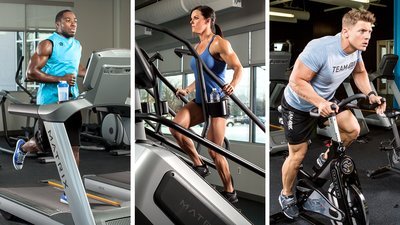
Functional Training Machines
Functional training machines have gained popularity in recent years as they allow users to perform functional exercises that mimic real-life movements. These machines focus on improving strength, stability, and flexibility by engaging multiple muscle groups simultaneously. Some examples of functional training machines include cable machines, suspension trainers, and balance trainers.
Cable Machines
Cable machines are versatile functional training machines that utilize a system of pulleys and cables to provide resistance. They typically consist of a frame with various attachment points, handles, and weight stacks. Users can perform a wide range of exercises, such as cable chest flies, cable rows, and cable bicep curls, using different attachments and angles.
The design and functionality of cable machines enable users to engage multiple muscle groups at once, making them an excellent choice for functional training. They provide resistance throughout the entire range of motion, mimicking real-life movements and improving overall muscle coordination and stability. Cable machines also offer adjustable weights and various attachment options, allowing users to target specific muscle groups and progress their workouts.
The benefits of using cable machines include improved strength, stability, and flexibility, as well as enhanced muscle balance. They also provide a versatile exercise option, accommodating a wide range of exercises and fitness levels. Additionally, cable machines offer a compact and space-efficient solution for home gyms or fitness facilities.
In terms of costs, cable machines vary based on brand, quality, and additional features. Entry-level options can start around $500, while more advanced models with multiple cable stations and additional functionalities can exceed $3000. It is important to consider personal fitness goals, available space, and budget constraints when selecting a cable machine.
In summary, cable machines offer a versatile and effective way to engage in functional training exercises. They provide resistance throughout the range of motion and target multiple muscle groups simultaneously. However, it is crucial to compare different models, consider the associated costs, and assess personal requirements before making a purchasing decision.
Suspension Trainers
Suspension trainers, also known as TRX or resistance trainers, are portable and versatile functional training tools. They consist of adjustable straps with handles or foot cradles that can be attached to various anchor points, such as a door frame or sturdy beam. Suspension trainers utilize body weight and gravity to provide resistance during exercises and engage multiple muscle groups.
The design and functionality of suspension trainers allow users to perform a wide array of exercises targeting different muscle groups. By adjusting the body position and the angle of suspension, users can increase or decrease the difficulty of the exercises, making them suitable for individuals of all fitness levels. Suspension trainers also improve core strength, balance, and stability due to the requirement of maintaining proper body alignment throughout the exercises.
Using suspension trainers provides various benefits. They offer a portable and compact workout option, making them ideal for individuals who travel frequently or have limited space at home. Suspension trainers also promote functional movements, as they simulate real-life activities and improve overall muscle coordination. Additionally, many suspension trainers come with training apps or online resources, providing guidance and workout programs for users.
When it comes to costs, suspension trainers are generally more affordable compared to larger functional training machines. They can range from basic models starting around $100 to more advanced options with additional features costing upwards of $300. It is important to consider personal preferences, available space, and budget limitations when selecting a suspension trainer.
In summary, suspension trainers offer a portable and versatile way to engage in functional training exercises. They utilize body weight and gravity to provide resistance and target multiple muscle groups simultaneously. However, it is crucial to compare different models, consider the associated costs, and assess personal needs before purchasing a suspension trainer.
Balance Trainers
Balance trainers are functional training machines designed to improve balance, stability, and coordination by engaging the core muscles. They typically consist of a board or platform that is unstable, requiring users to maintain balance during various exercises. Balance trainers can come in different forms, such as wobble boards, balance discs, or balance balls.
The design and functionality of balance trainers require users to engage the core muscles to stabilize themselves while performing exercises. This helps to strengthen the core muscles, improve balance and coordination, and enhance overall stability. Balance trainers also promote proprioception, which is the body’s awareness of its position in space, leading to better functional movement patterns.
Using balance trainers offers several benefits. They help to improve posture, as they require users to maintain proper alignment throughout the exercises. Balance trainers also provide a low-impact exercise option, reducing stress on the joints and making them suitable for individuals with specific injuries or conditions. Additionally, many balance trainers offer adjustable difficulty levels, allowing users to progress and challenge themselves over time.
In terms of costs, balance trainers can range from more affordable options starting around $30 to higher-end models exceeding $200. Factors such as brand, quality, and additional features influence the pricing. It is important to consider personal fitness goals, available space, and budget constraints when selecting a balance trainer.
In summary, balance trainers offer a unique and effective way to improve balance, stability, and coordination. They engage the core muscles and promote proper alignment during exercises. However, it is crucial to compare different models, consider the associated costs, and assess personal requirements before making a purchasing decision.
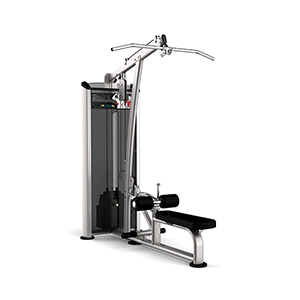
Summary
In this comprehensive article, we explored the different types of gym machines, including cardio machines, strength training machines, and functional training machines. Each type offers unique benefits and features that cater to specific workout routines and goals. Cardio machines, such as treadmills, stationary bikes, elliptical cross-trainers, and rowing machines, provide effective cardiovascular exercise options that elevate the heart rate and improve overall fitness levels.
Strength training machines, such as chest press machines, leg press machines, lat pulldown machines, shoulder press machines, bicep curl machines, and tricep extension machines, target specific muscle groups and provide a controlled environment for strength-building exercises. These machines help increase muscle mass, improve strength, and enhance overall functional fitness.
Functional training machines, including cable machines, suspension trainers, and balance trainers, focus on improving strength, stability, and flexibility through exercises that mimic real-life movements. They engage multiple muscle groups simultaneously and promote functional movement patterns.
When considering purchasing gym machines, it is important to compare different models, consider the associated costs, assess personal fitness goals and requirements, and evaluate available space. Investing in the right gym machines can greatly contribute to achieving fitness objectives and maintaining a healthy lifestyle.


